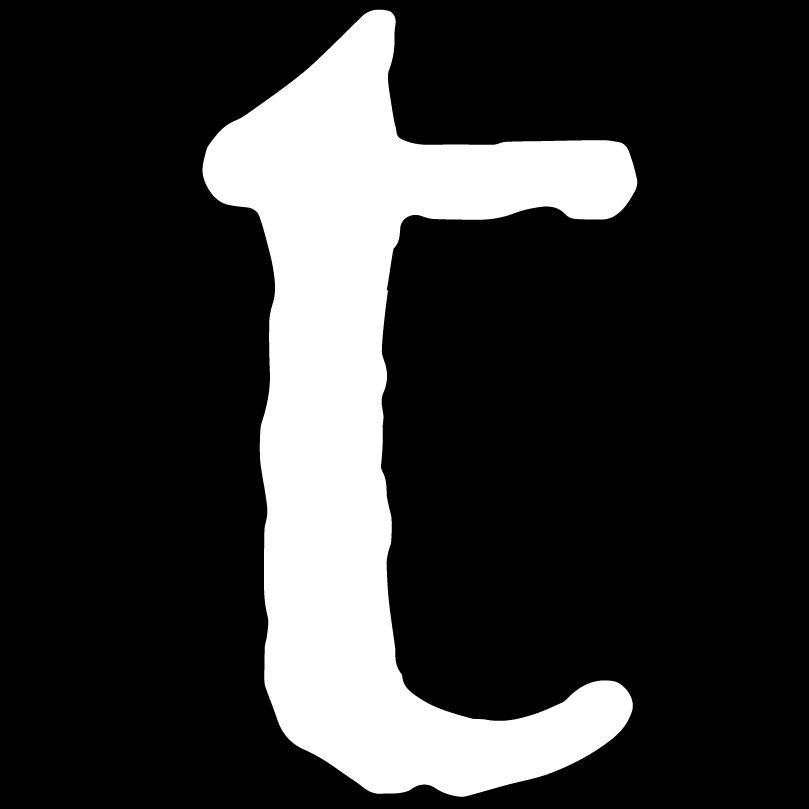
Blinding Them With Science
David Moltz, Inside Higher Ed
American college freshmen know fewer facts about science than do their Chinese counterparts, according to a new study, but both groups have a comparably poor ability to reason scientifically.

In a study of American and Chinese college freshmen, the Chinese did better in factual knowledge, but both groups did poorly in scientific reasoning. (Photo: China Assistor)
The original research, published in this week's issue of Science, suggests that educators in both countries must not simply change what they teach in the classroom but how they teach it if they hope to improve their students' ability to reason. Lei Bao, the study's lead author and director of Ohio State University's Physics Education Research Group, said this runs contrary to the commonly held belief that reasoning skills develop as students are "rigorously taught the facts."
The study compiled the test scores of almost 6,000 incoming freshmen majoring in science and engineering - prior to receiving college-level instruction - from four American and three Chinese institutions.
After taking the Force Concept Inventory - which tests basic knowledge of mechanics - the Chinese students had an average score of nearly 86 percent, and the American students had an average score of around 49 percent. Although the Chinese students had a relatively narrow distribution of scores near the upper end of the grading spectrum, the American students had a greater distribution in the "medium score range" from 25 to 75 percent.
Bao, said he believes this is reflective of the American system of secondary education, in which students have varying exposure to physics. The study notes that only a third of American students take a physics course in high school. In China, students take physics courses from the 8th through the 12th grades.
After taking the Brief Electricity and Magnetism Assessment - testing more theoretical and complicated concepts - the Chinese students had an average score of almost 66 percent, and the American students averaged nearly 27 percent. Bao noted that the American students performed so poorly that their average score is just better than the "chance level" of 20 percent, as if they had chosen their answers at random.
"It was a bit unfair to give the American students that test," said Boa, noting that the even the Chinese students underperformed in the magnetism assessment relative to their knowledge of mechanics. "It's all about how those kids were educated, and most American middle and high schools do not emphasize the rigorous training and learning associated with those relatively abstract concepts."
Following these two tests of physics knowledge, the participants were given the Lawson Classroom Test of Scientific Reasoning, in which they consider scientific hypotheses and propose a solution using deductive reasoning. The Chinese students had an average score of nearly 75 percent, and the American students averaged about 74 percent. The distributions of their scores were also quite similar.
Boa said American and Chinese educators alike should be concerned by this finding. While the systems of education are radically different in their focus on the sciences, nether is particularly effective at helping students acquire reasoning skills. Boa argues these skills are essential in today's ever-changing world.
"In the past, life was a bit more stable and it might have been all right to always do the same old thing," he said. "In the current global economy, everyone is competing with one another every day. Things are suddenly emerging left and right and there will often be no text to tell you how to do these things. The next generation of students needs to have a high ability to be creative and possess open-ended reasoning skills."
Boa said he believes this study should encourage educators to embed more "inquiry based" learning into their classroom instruction, both at the high school and college levels, to improve these figures. He suggested methods such as encouraging students to design their own research, openly question their professors and work more in group settings.
In the physics department at Ohio State, Boa is championing such techniques as using student-response technology ("clickers") and "virtual reality physics simulations" in large lectures.
"It all depends on what kind of future you want to have," Boa said of designing tomorrows science curriculum. "We should strive for a more practical and balanced method of instruction."
